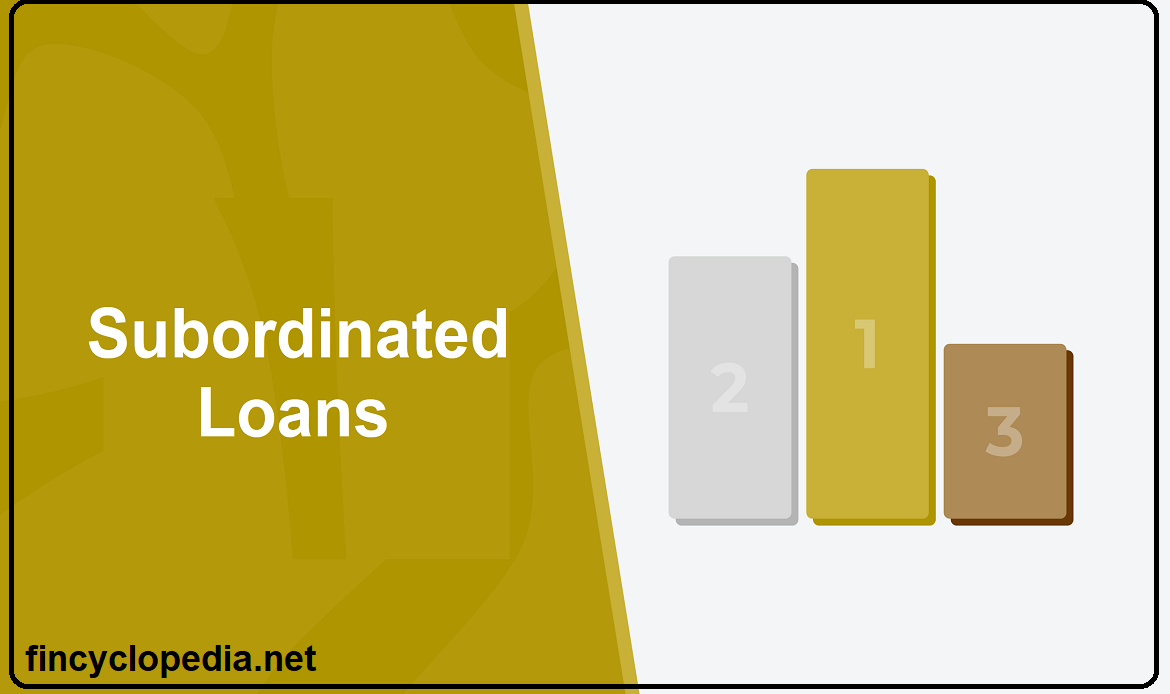The interest rate is said to be simply compounded (simple compounding) if it is paid at the end of the contractual term, applying the simple interest rate per corresponding interval multiplied by the principal amount. Interest payment intervals are usually less than a year. This kind of compounding is often used with money market instruments and investments.
In equation form:
K =K0 * [ 1+ R (T -t)]
Where: K is the principal at the end (of last period, i.e., capital held at maturity), K0 is the principal at the beginning, R is the simple interest rate per annum, T-t is the interest period.
The compounding factor (which is also the reciprocal of discount factor) is:
[ 1+ R (T -t)]
The interest earned is obtained by applying:
Simple interest =K0 * R (T -t)
R (T – t) is the simple compounding expression.







